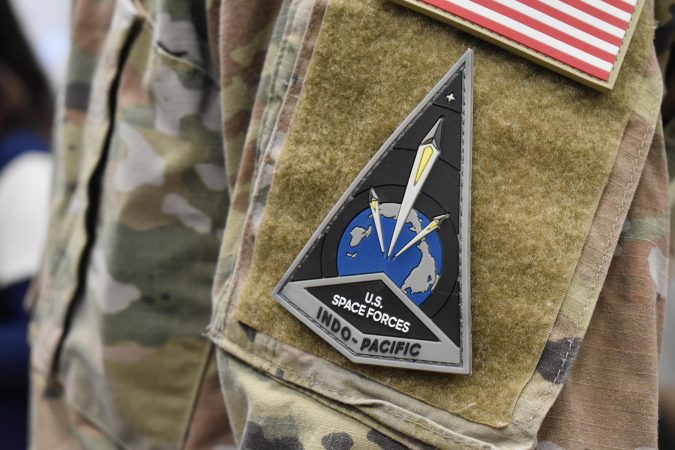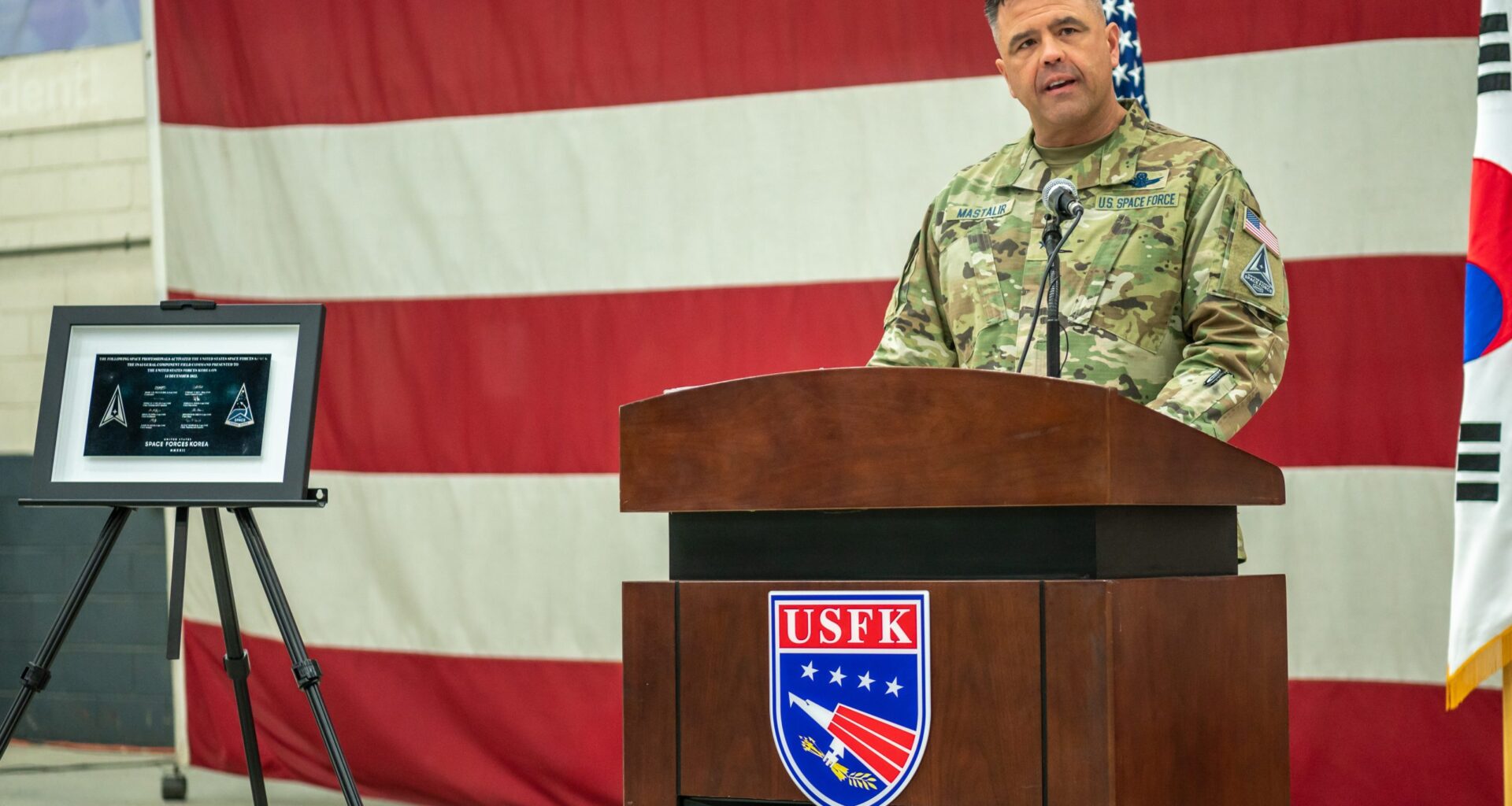Oct. 22, 2024
Two years after standing up, U.S. Space Forces Indo-Pacific is bolstering partnerships and expanded exercises across the Indo-Pacific theater, said Brig. Gen. Anthony J. Mastalir, the Space Force’s first component commander.
The command is replacing bilateral engagements with multilateral ones, building ties to counter competitors including China, Russia, and North Korea, Mastalier said in an online conversation at AFA’s Mitchell Institute for Aerospace Studies
“What you have at stake is a scaling issue, and understanding how you’re going to scale from the conflicts that we have faced in the past to one that may include [China], North Korea, and Russia,” Mastalir said . “So being able to understand not just which weapons systems do we need in place, but across the entire paradigm, from potential policy friction points, whether it be information sharing with allies and partners, to integrating for counter-C5ISRT operations across multiple domains.”
That sweeping approach is in line with U.S. Indo-Pacific Command’s broader pivot toward great power competition, Mastalir said, but it is heavy lift for a small Space Force component command launched not quite a year ago with just 20 Guardians.
SPACFOR-INDOPAC’s spent the past 11 months figuring out its organization and its place within INDOPACOM. Now it is plunging into new challenges.
“The rate of discovery learning is decreasing, and that’s a good metric,” he said. “But the demand signal is increasing as we tell our story and as we continue to integrate across the other components, and they learn about what it is Space Forces Indo-Pacific brings to the fight.”
 A patch for U.S. Space Forces, Indo-Pacific, the USSF’s first overseas component to a combatant command. Photo by Gunnery Sgt. Jonathan Wright/United States Forces Japan
A patch for U.S. Space Forces, Indo-Pacific, the USSF’s first overseas component to a combatant command. Photo by Gunnery Sgt. Jonathan Wright/United States Forces JapanExercises
Exercises are a key focus. Guardians are developing the tactics, techniques, and procedures needed for a high-end fight, Mastalir said, and other service components and allies need experience working with the Space Force and leveraging all its capabilities.
“One of the points of emphasis is to transition from numerous bilateral engagements and exercises to more multilateral,” Mastalir said. “Demonstrating on a daily basis with your allies and partners that you’re prepared to fight and win a war, should you need to, is really the ultimate way to deter a war.”
SPACFOR-INDOPAC took part in Pacific Sentry, an Army-led exercise with Australia in 2023; this year, it joined with Australia and Japan on Keen Edge, traditionally a bilateral U.S.-Japan exercise. More efforts are planned with South Korea as well.
“When you look at the Freedom Shield and Ulchi Freedom Shield exercises that we do in [Korea], again to start bringing all of the components into those exercises and really start to prepare for how we need to work together,” Mastalir said. “We’ve been doing that, certainly in the other domains, for years, and now that space is on [Korea], and soon we’ll be in Japan, that’ll really further our effort to integrate space into that.”
Sub-Components
Space Forces Indo-Pacific added its first sub-component in South Korea just a month after it stood up itself, and this summer Space Forces Korea was elevated to an O-6 command when Col. John Patrick took over as its new commander. Patrick came to the job after a stint at the NATO Space Centre, where he gained extra insight into working with partners and allies, Mastalir said.
Another sub-component, Space Forces Japan, will stand up before the end of 2024. “That’s what we shared with Japan, and they’re very excited about the prospects of that,” he said. Space is still a nascent area for many military forces, and the U.S. has a lot to offer.
“We can engage with those partners where they’re at and really kind of bring them along,” Mastalir said. “As both Korea and Japan look to develop their space capabilities—and they have, I would say, aggressive plans to develop military operations where the space domain is concerned—it allows us to [practice being] integrated by design. So as they build their capabilities, having a component right there in country, working with them, having them exercise with us, is really great awareness for how they might consider building those capabilities so that it can integrate across the joint force.”
Competitor Collaboration
China, Russia, and North Korea, meanwhile, are also collaborating more among each other, Mastalier noted. “There is evidence of collaboration, and we have not seen that before,” he said. “So that’s very disconcerting.”
Their collaboration changes the dynamics of potential conflict, and blurs the lines of where conflicts could occur. “There’s been a tendency to view in a silo some of these potential conflicts, and how we’re going to operate,” Mastalir said.
But since Russia’s invasion of Ukraine, all three have become more collaborative, both militarily and economically. The result, he said, is altering the way U.S. and allied forces must view its rivals.
